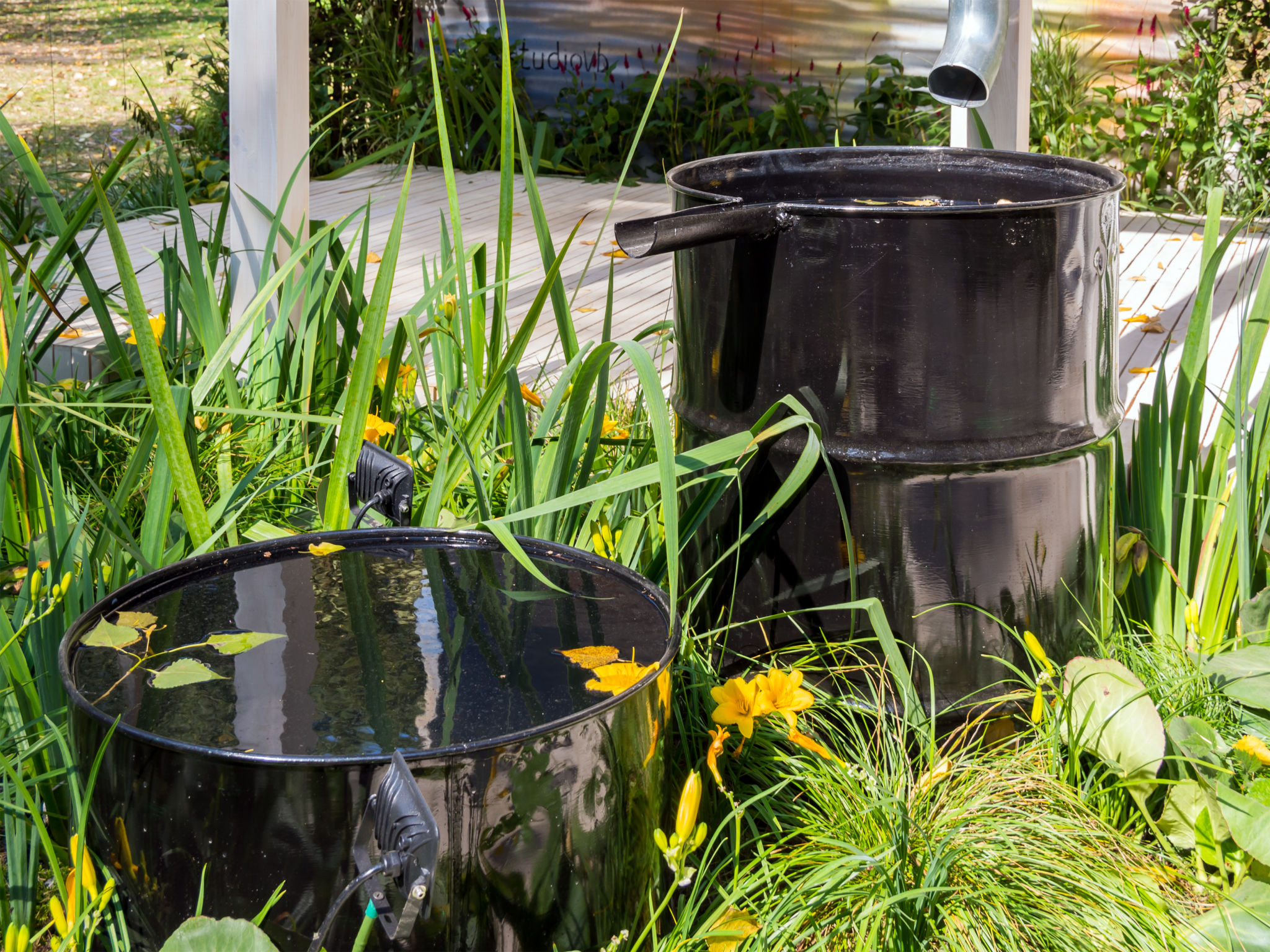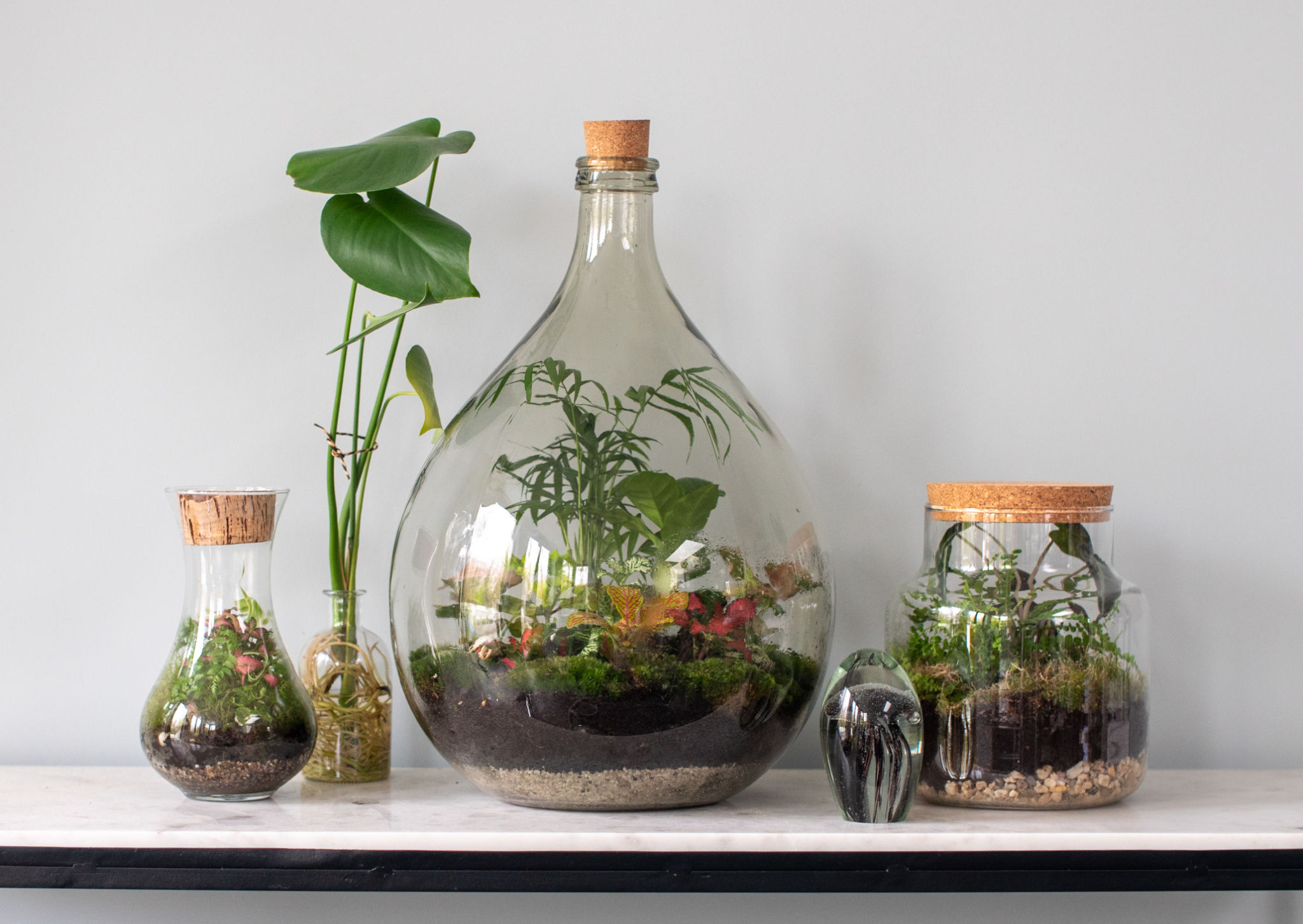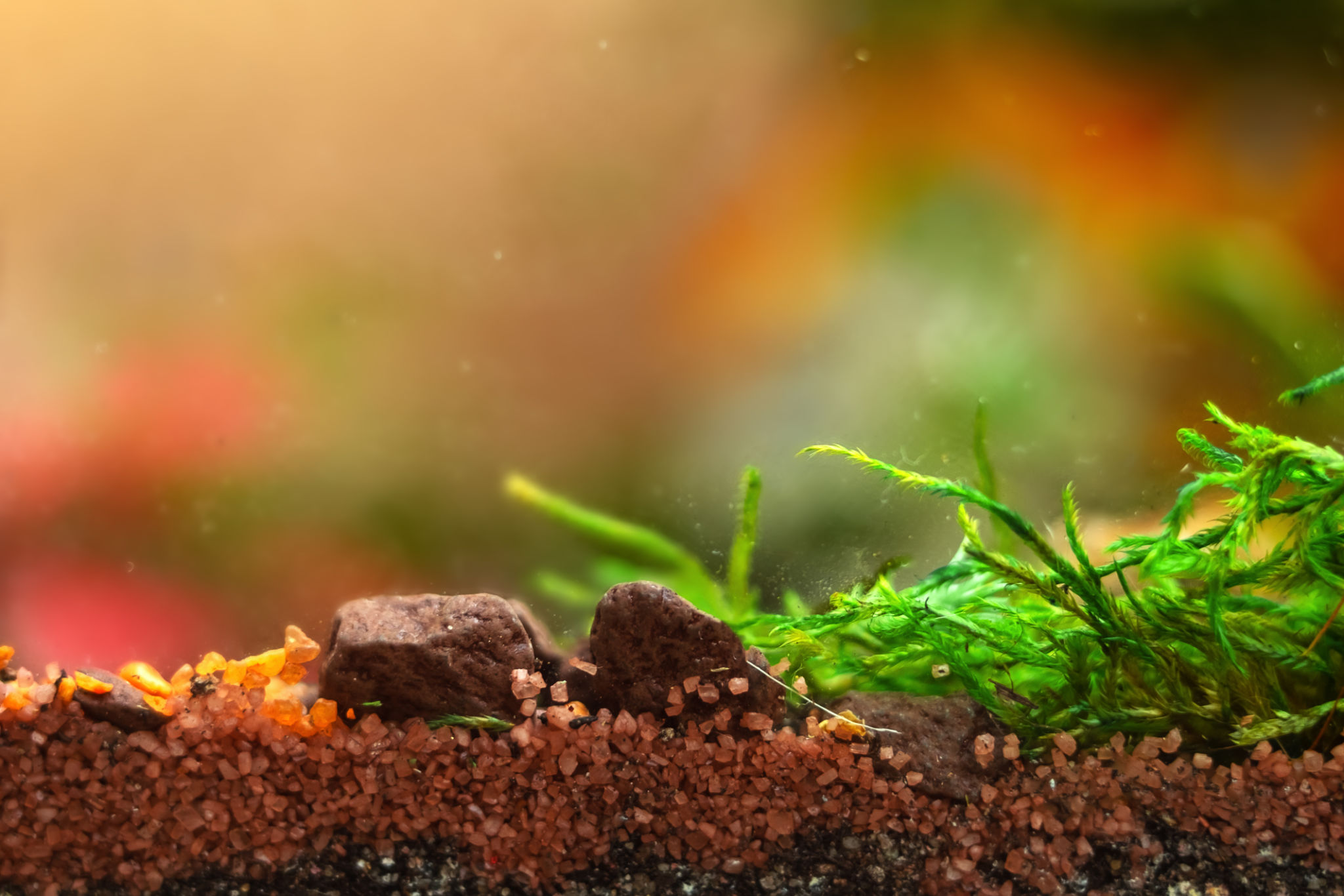Creating Your Own Miniature Ecosystem: A Beginner's Guide to Terrariums
Introduction to Terrariums
Creating a miniature ecosystem inside a glass container is not only a delightful hobby but also an educational journey into the world of plants. A terrarium is essentially a small, enclosed environment that houses plants and sometimes small creatures, allowing them to thrive with minimal maintenance. This beginner's guide will walk you through the steps to create your own enchanting terrarium.

Choosing the Right Container
The first step in building a terrarium is selecting the right container. While any clear glass container can serve as a terrarium, certain shapes and sizes can influence the type of plants you can grow. Popular choices include fishbowls, mason jars, and even old light bulbs for those seeking creative flair. The key is to ensure your container has an opening large enough to allow you to arrange the plants inside comfortably.
Consider whether you want an open or closed terrarium. Open terrariums work well for succulents and cacti that require less humidity, while closed terrariums create a humid environment ideal for tropical plants like ferns and mosses.
Selecting Your Plants
Once you've chosen your container, it's time to select the plants. The best terrariums feature plants with similar care requirements. For beginners, easy-to-care-for plants like mosses, ferns, and air plants are excellent choices. If you're opting for an open terrarium, consider adding succulents or small cacti.

When selecting plants, think about their growth habits and how they will coexist. Avoid overcrowding by choosing plants that will stay relatively small or can be trimmed back easily. The harmony between plant sizes and colors can create a visually appealing ecosystem.
Layering Your Terrarium
The secret to a thriving terrarium lies in its foundational layers. Start with a base layer of small stones or pebbles to ensure drainage and prevent roots from sitting in water. Next, add a thin layer of activated charcoal to keep the environment fresh and prevent mold growth.
- Base Layer: Small stones or pebbles for drainage
- Second Layer: Activated charcoal to filter the air
- Third Layer: Potting soil appropriate for your chosen plants

Caring for Your Terrarium
Now that your terrarium is complete, it's essential to maintain it properly. Watering should be minimal; closed terrariums may only need watering every few weeks, while open ones might require it slightly more often. Always check the soil moisture before adding water.
Position your terrarium in an area with indirect light. Direct sunlight can overheat the environment, damaging your plants. Periodically remove any dead leaves or overgrown plants to keep the ecosystem balanced.
Creative Additions
To personalize your terrarium, consider adding decorative elements like miniature figurines, stones, or shells. These additions can infuse personality into your ecosystem, transforming it into a charming piece of living art.
Remember, creating a terrarium is not just about following steps; it's about experimenting and finding what works best for your unique creation. With a little patience and care, you'll have a beautiful miniature ecosystem to enjoy for years to come.